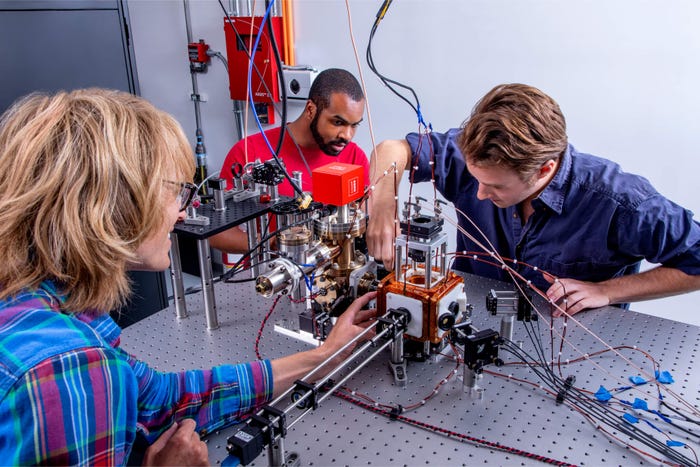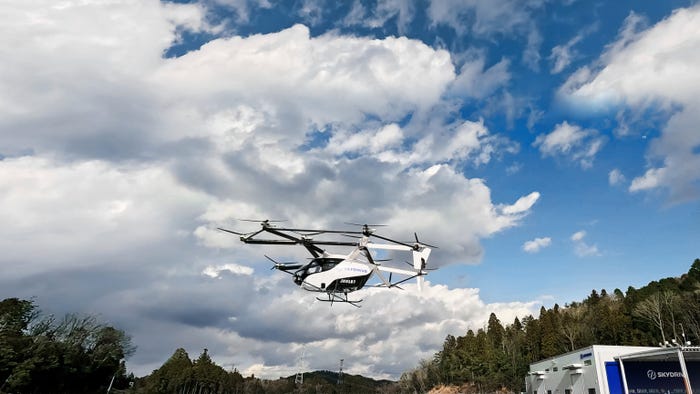Humanoid Robots Being Developed to Drive CarsHumanoid Robots Being Developed to Drive Cars
Tokyo University researchers lay out the possibility of robots being an alternative to self-driving cars
.png?width=1280&auto=webp&quality=95&format=jpg&disable=upscale)
Could humanoid robots be a viable alternative to autonomous cars in the future for those who want to be driven rather than drive?
It might seem a rather far-fetched idea at this stage, but the possibility is being investigated by a group of academics from Japan.
And now they have published a technical paper that lays out their vision and charts their progress to date.
The paper – entitled “Towards Autonomous Driving by Musculoskeletal Humanoids: A Study of Developed Hardware and Learning-Based Software” – was produced by a group of researchers at Tokyo University, including one who has worked with automaker Toyota on autonomous solutions.
The researchers worked with a musculoskeletal humanoid called Musashi, which mimics the human body and has redundant sensors and a flexible structure.
As a video released to accompany the research demonstrates, Mushasi was tasked with driving an electric microcar – the Toyota COMS (Chotto Odekake Machimade Suisui) from 2012 – on the road.
In the test, COMS was fitted with key tech such as a computer and Wi-Fi router to run a recognition module, but in the long term, the idea would be to include these on driving robots themselves.
However, Musashi does incorporate several features designed to assist with driving. Firstly, it is fitted with movable high-resolution cameras in each “eye,” which can pan and tilt to provide different views of the surroundings.
There are also five-digit hands attached to arms with joints that can turn the steering wheel, as guided by machine learning and data from the sensors.
Musashi is also able to pull the handbrake, turn an ignition key and operate signaling when turning. Its feet are even able to push down on the accelerators and brake pedals. However, while the tests, carried out at the University of Tokyo’s Kashiwa Campus, did illustrate a degree of progress, Musashi is unlikely to be earning a driving license just yet.
According to the academics, the robot was able to brake when a human was detected or a horn was sounded and responded to traffic lights. It was also able to turn the EV around a corner at an intersection.
But there were limitations. The turning maneuver was very slow, due to a cautious approach which saw the robot release the brake pedal gradually rather than press on the accelerator. The tech struggles with inclines, too, meaning negotiating hills proved problematic.
However, the researchers were not deterred and have vowed to continue their work. As they pointed out in the paper: “By making use of the flexibility, variable stiffness structure, and several sensors, we succeeded in the steering wheel operation with both arms and human recognition in the side mirror.
“Also, we proposed a learning-based system handling the flexible body with difficult modeling and succeeded in the pedal and steering wheel operations with recognition.”
The next step, they say, is to use their findings to develop more advanced hardware and software.
About the Author
You May Also Like








